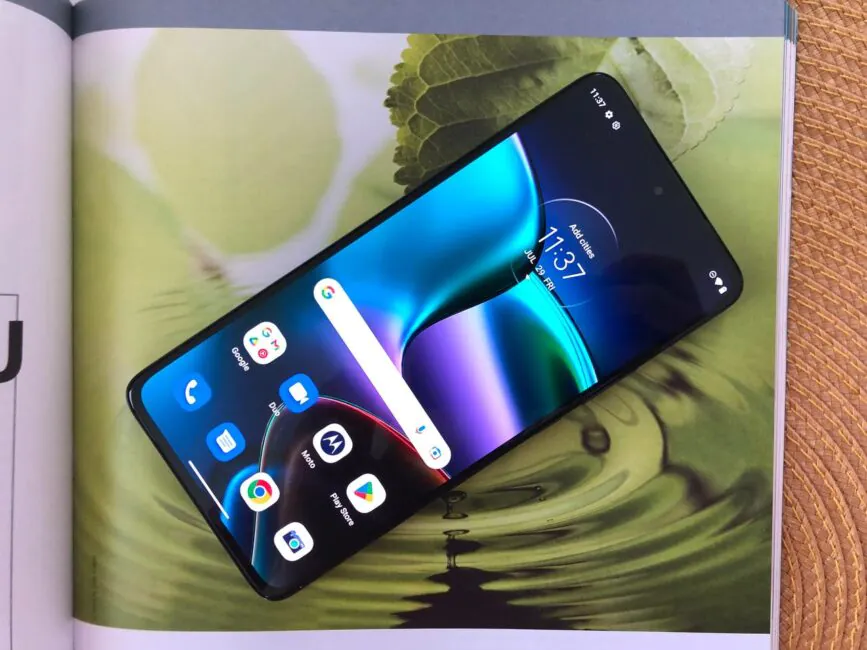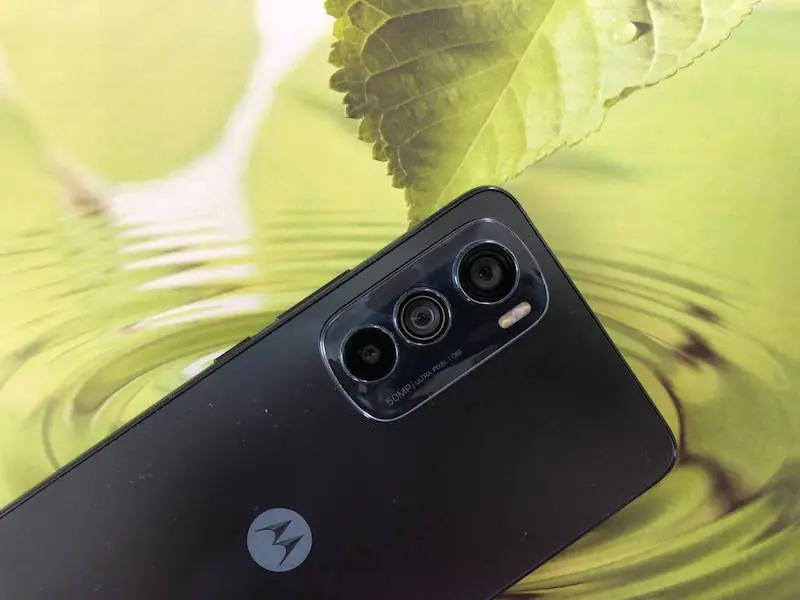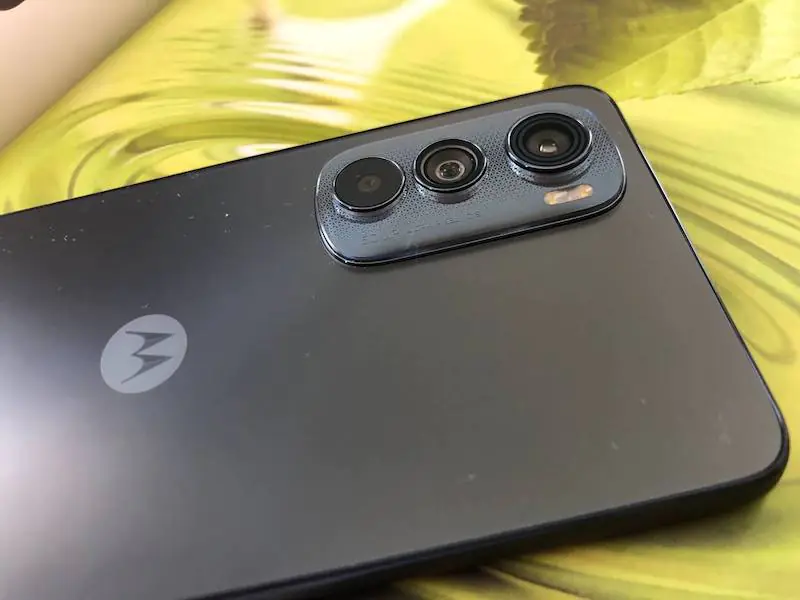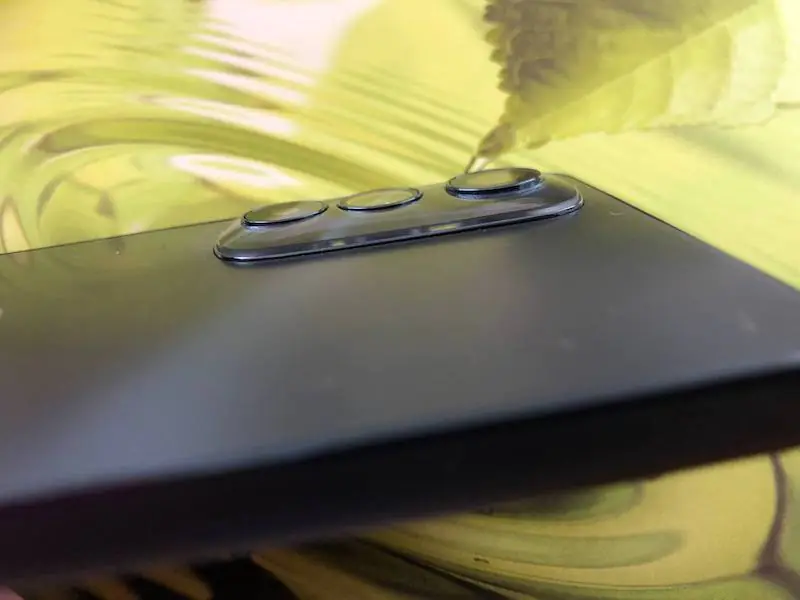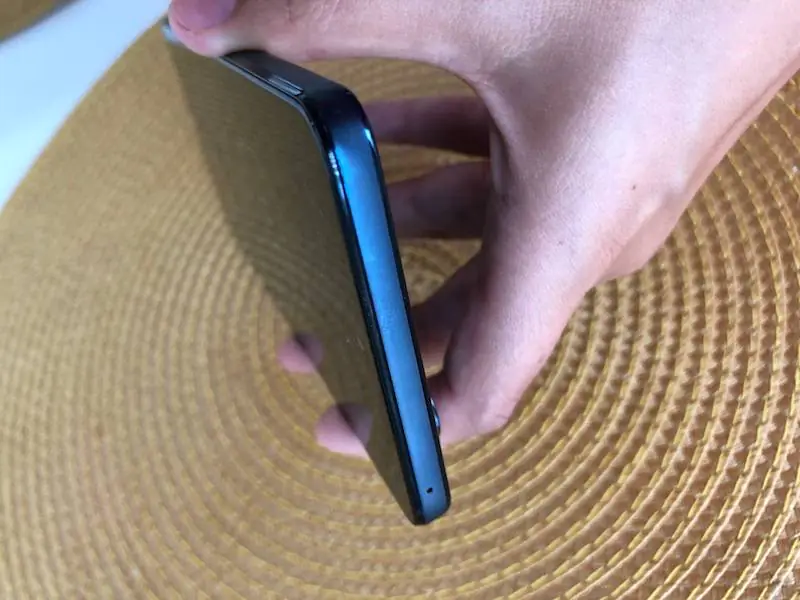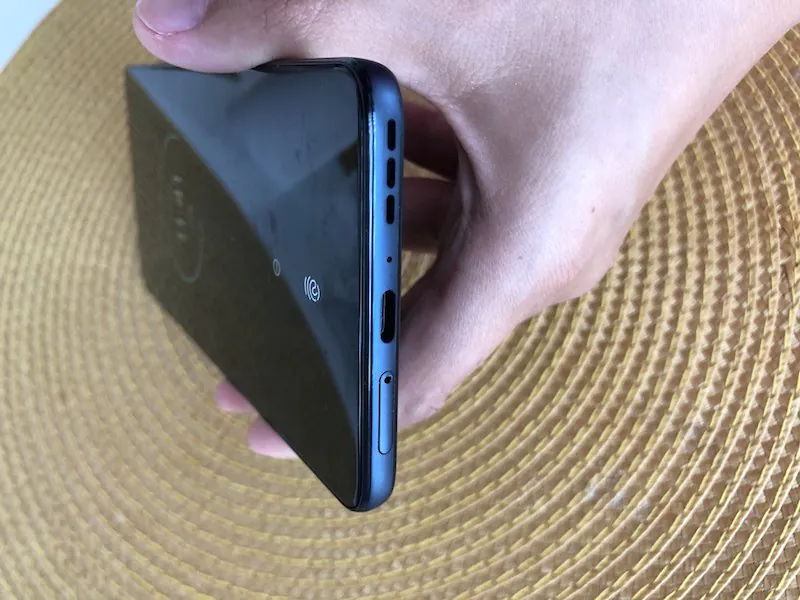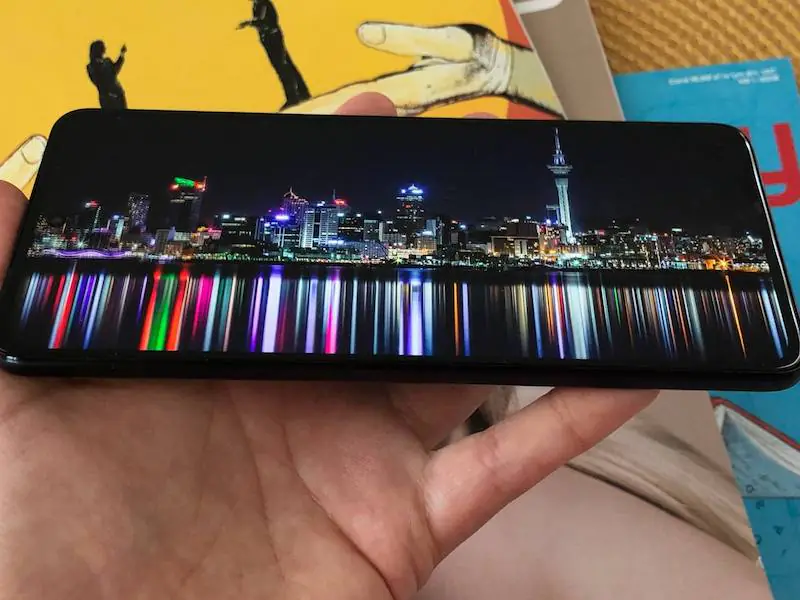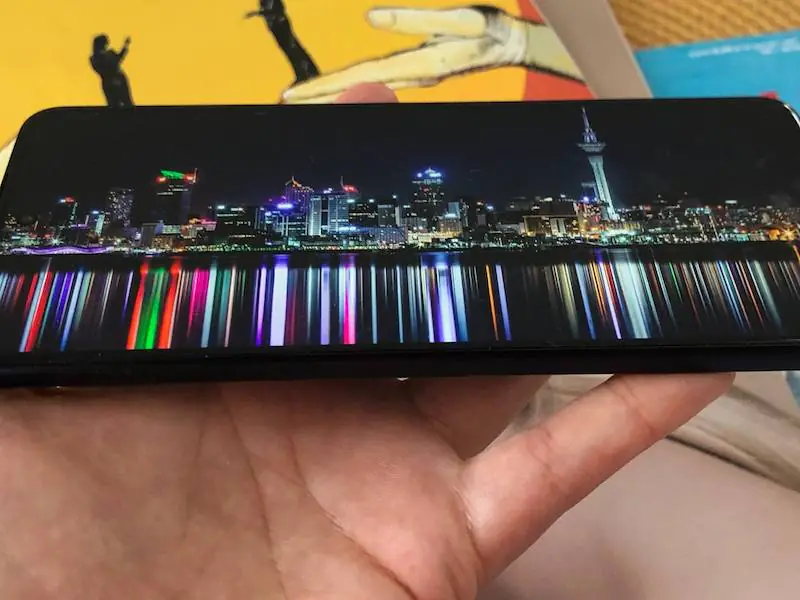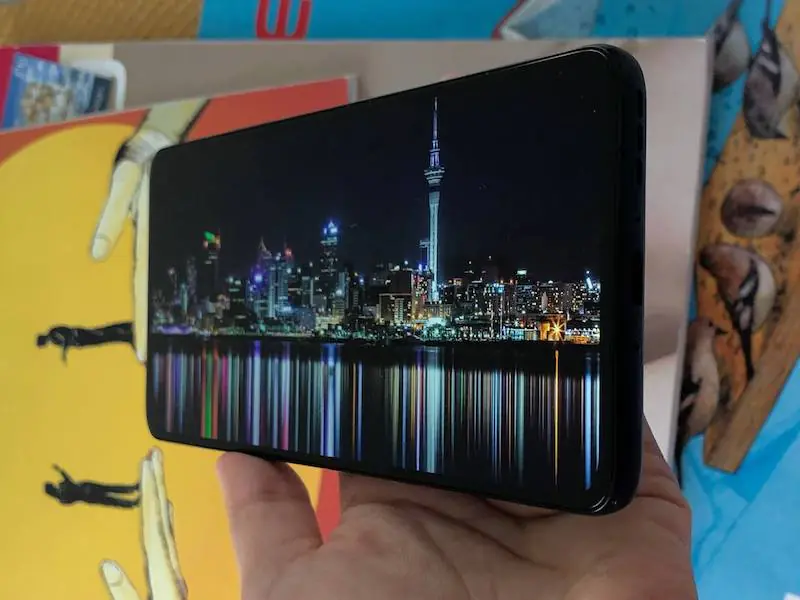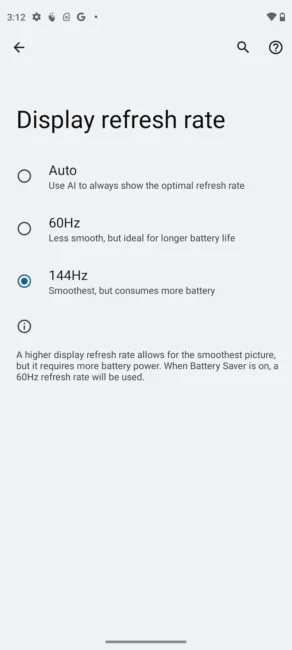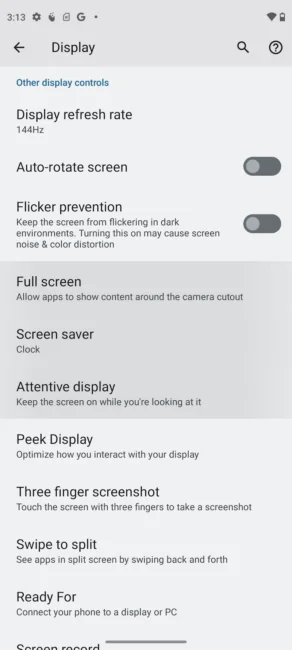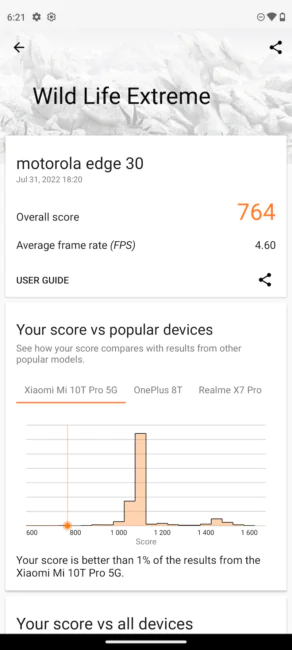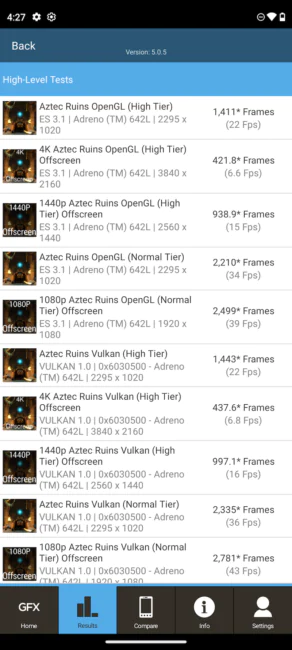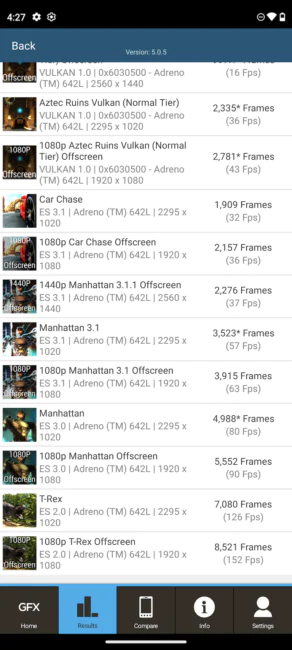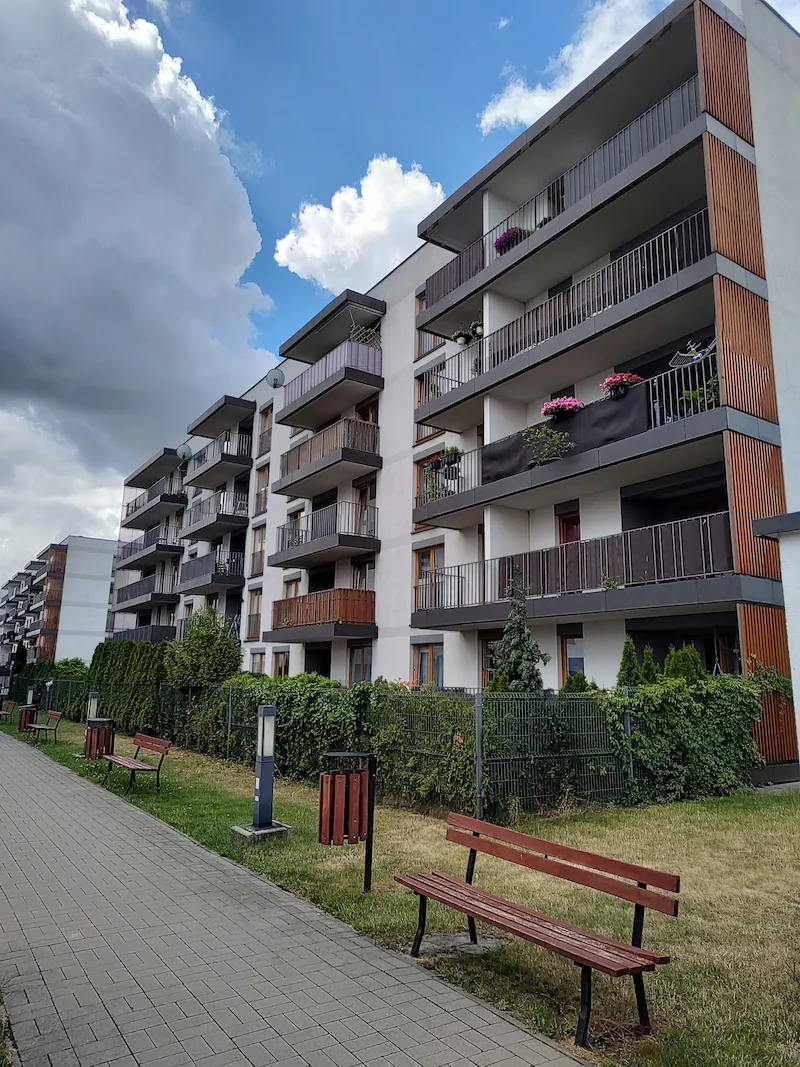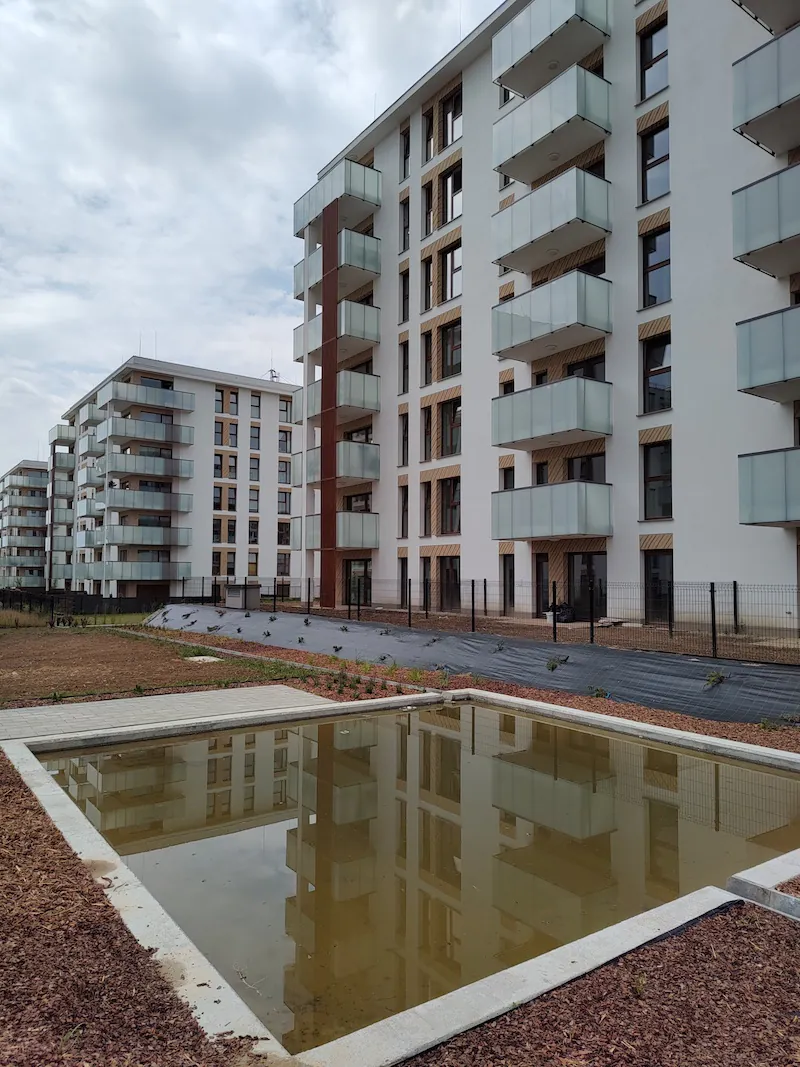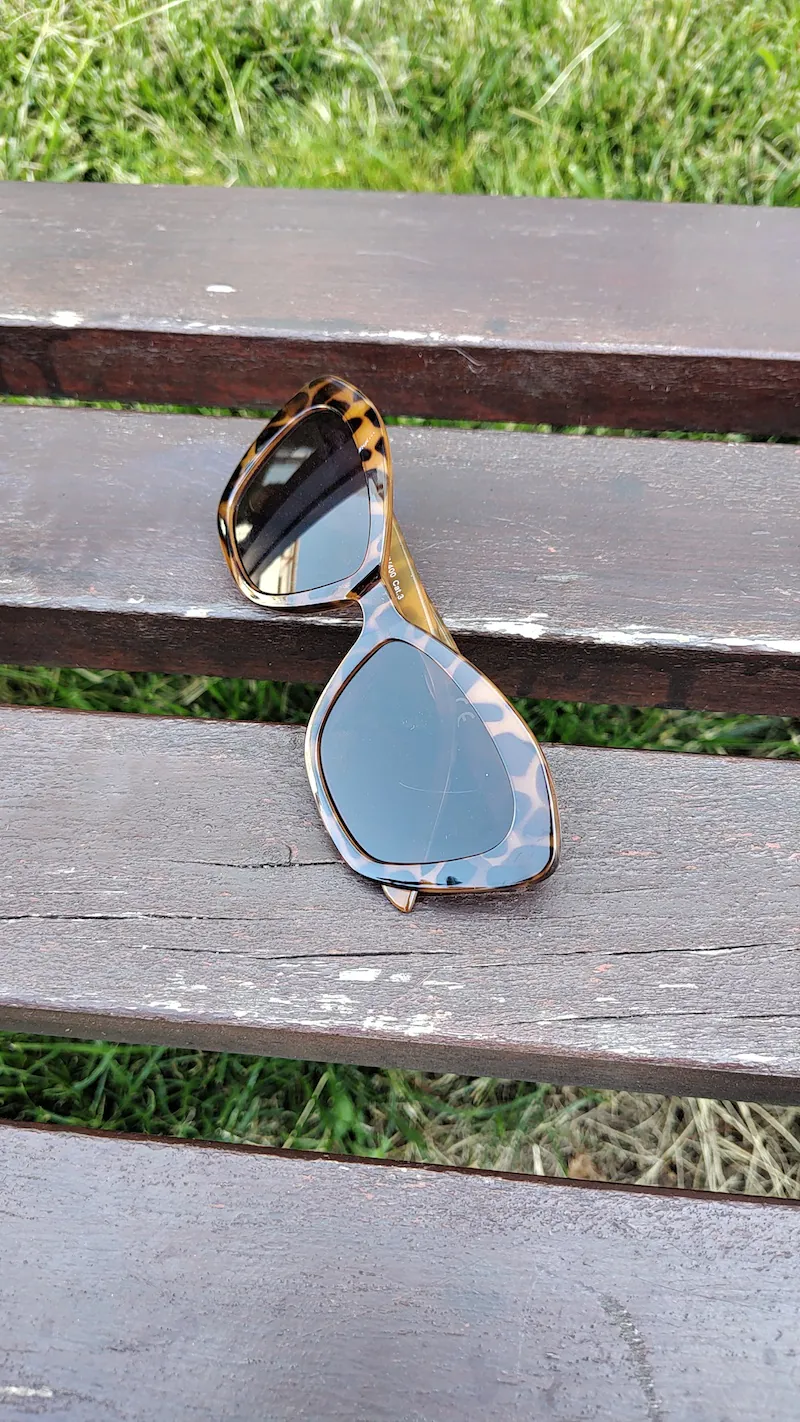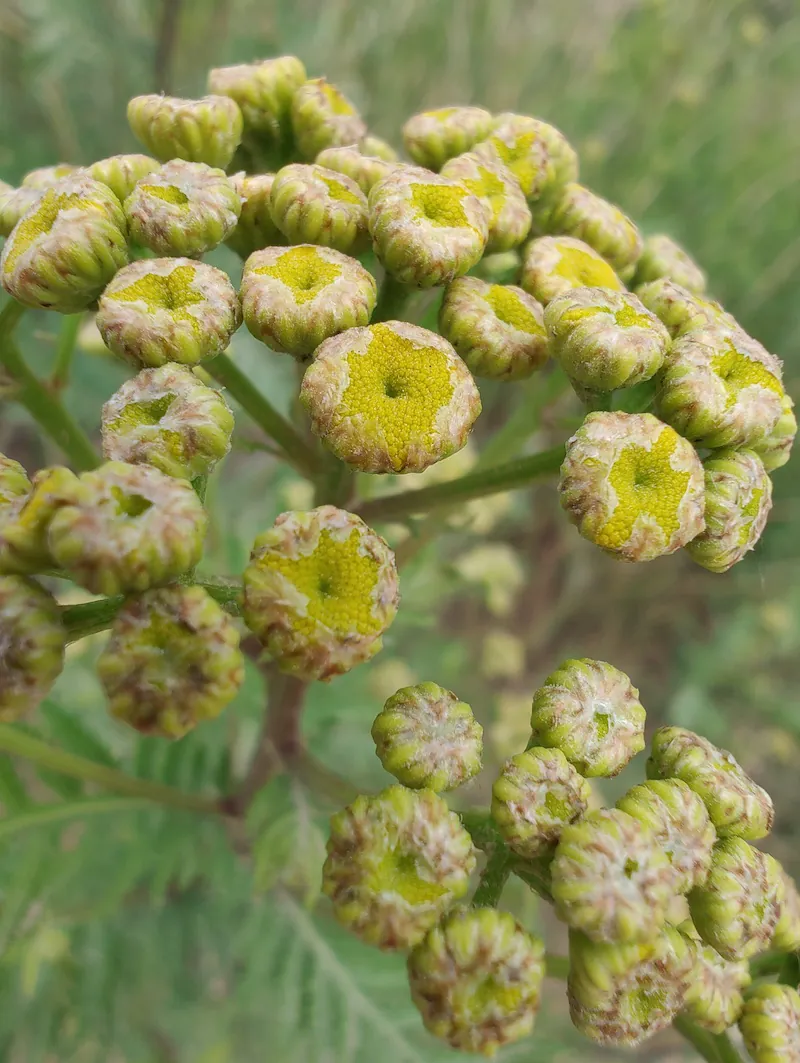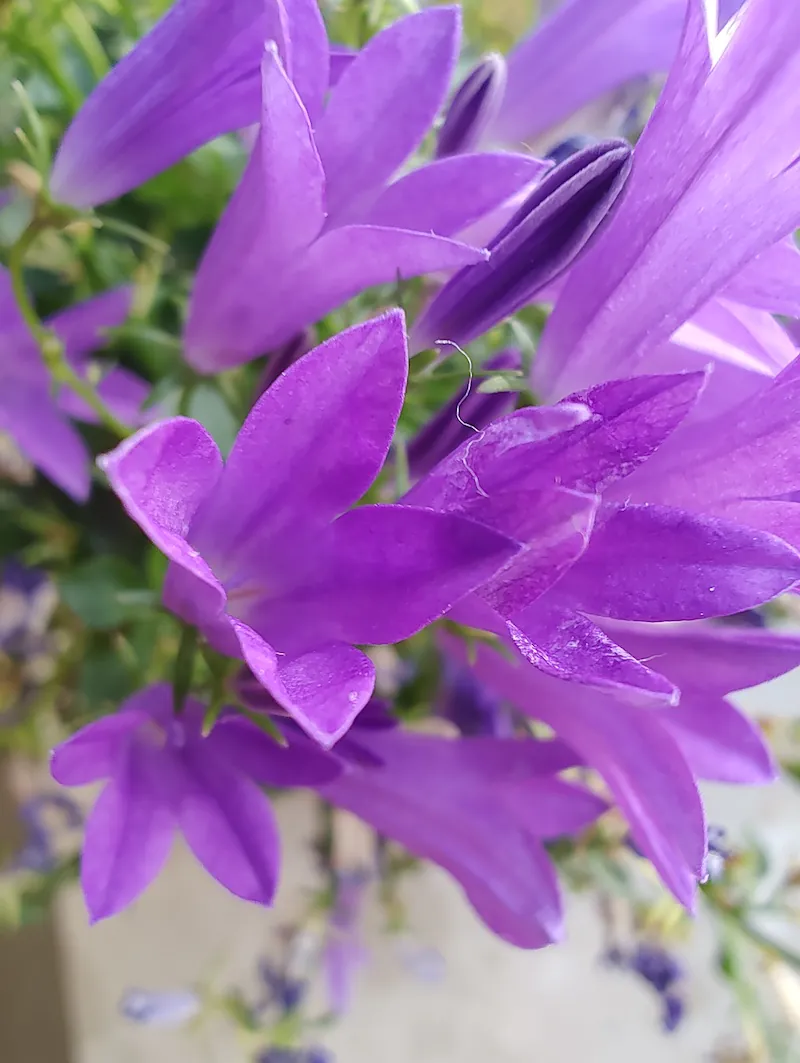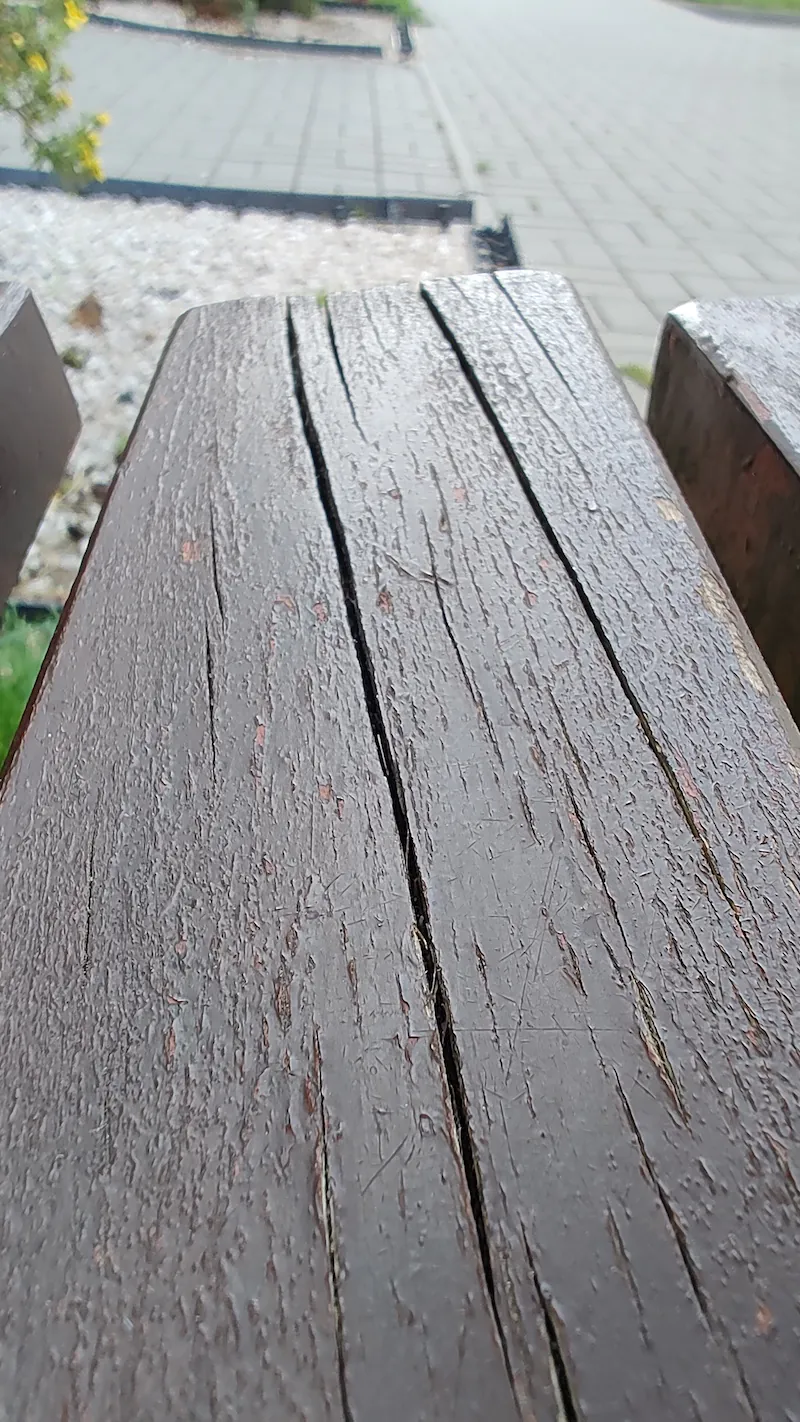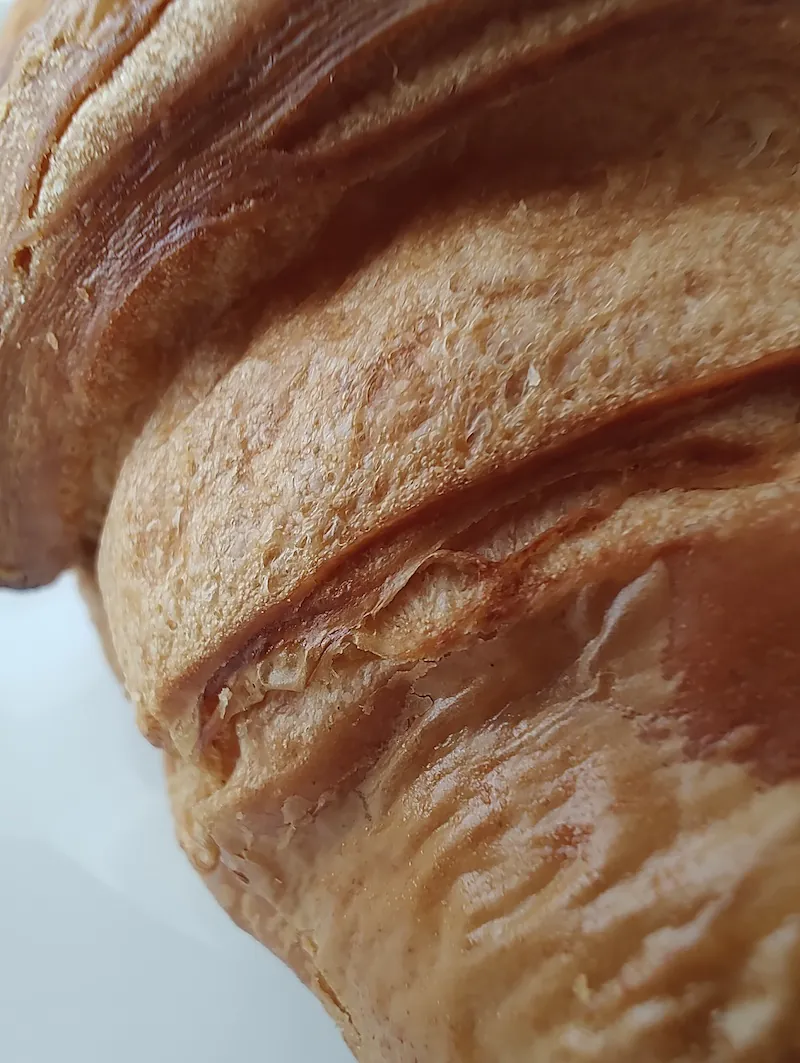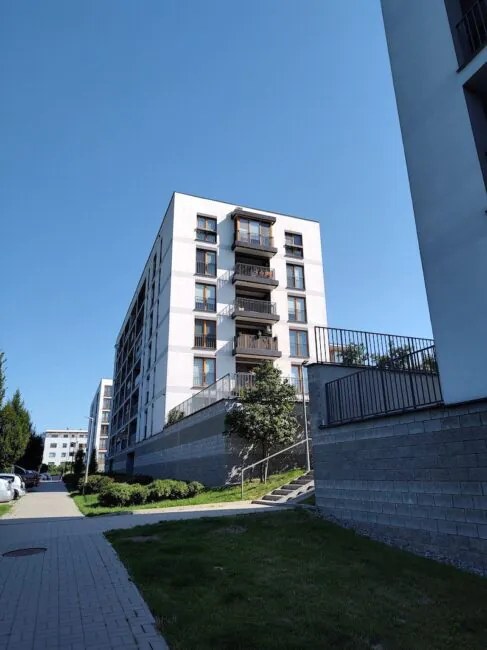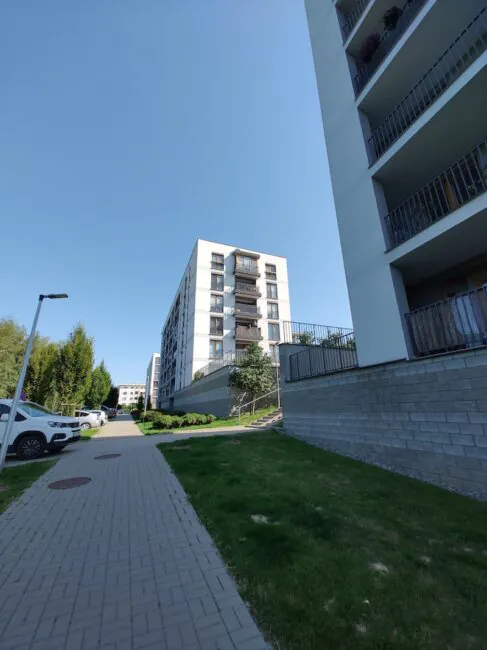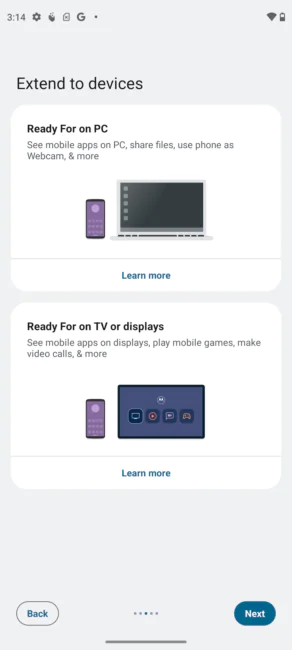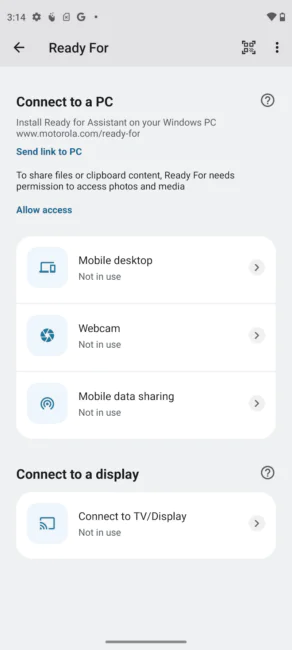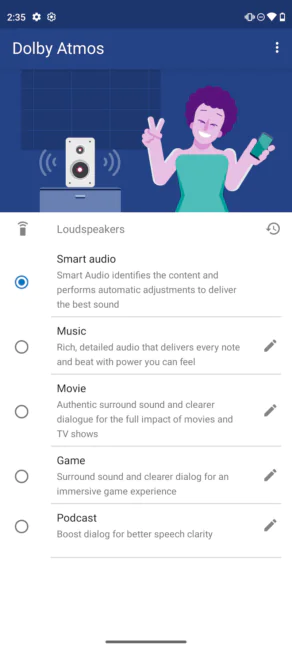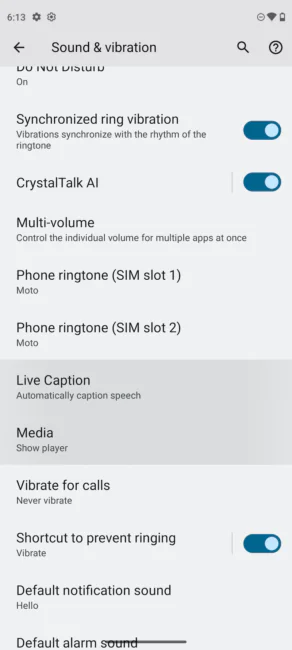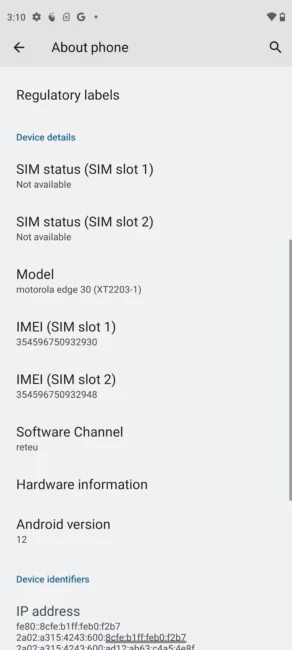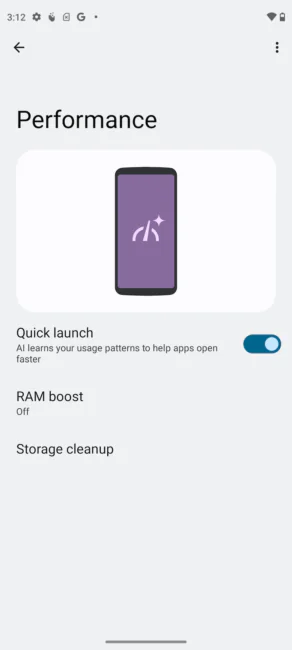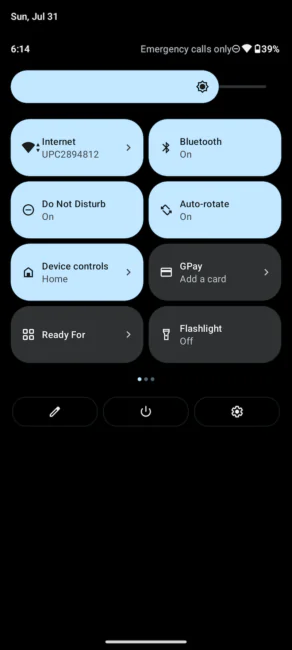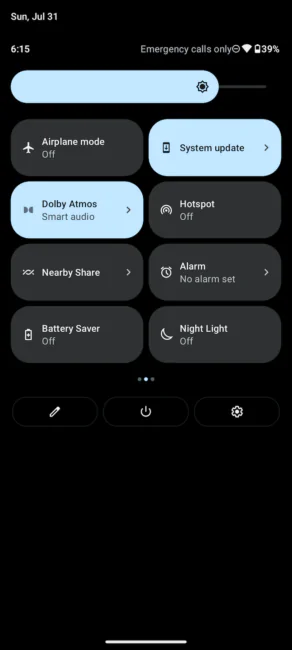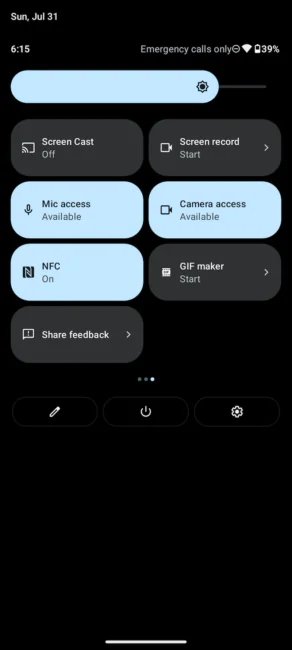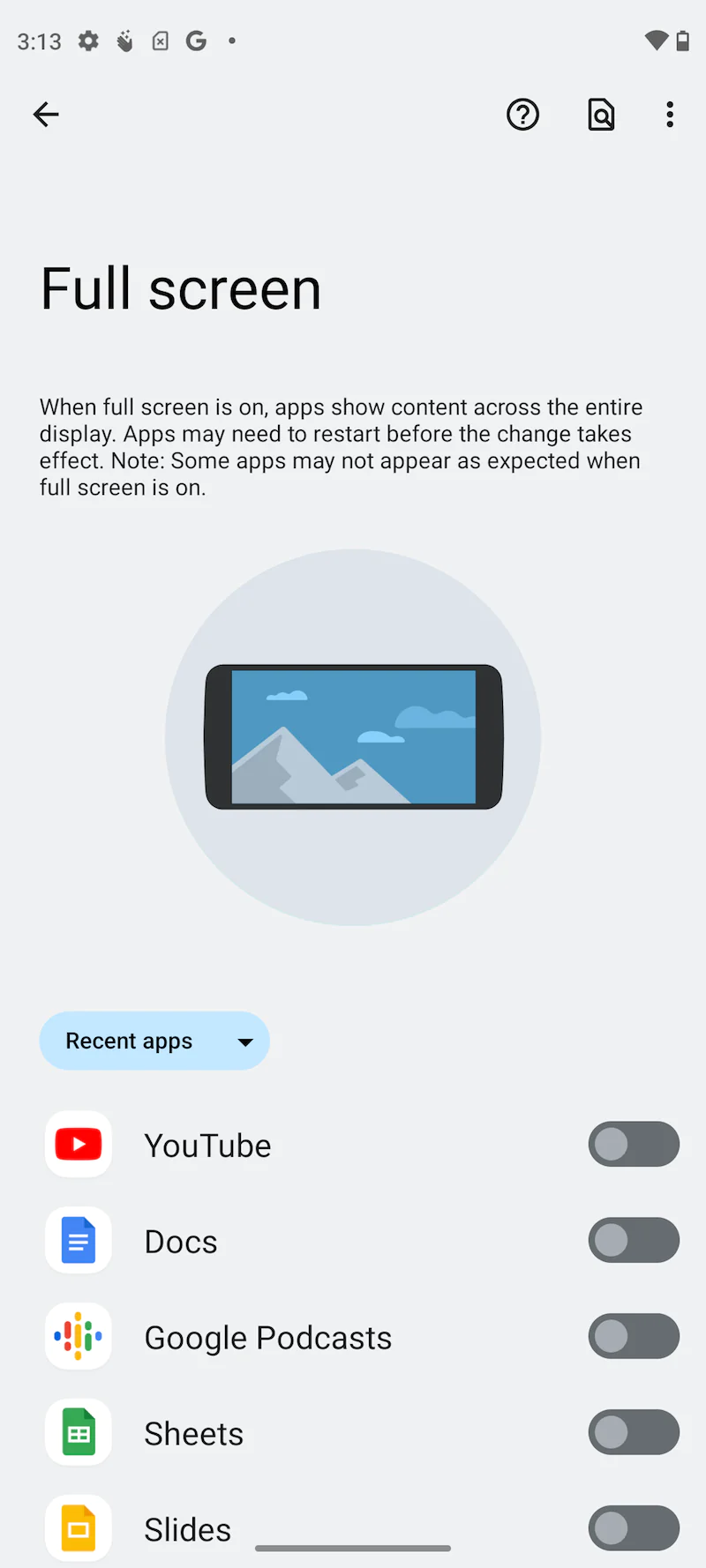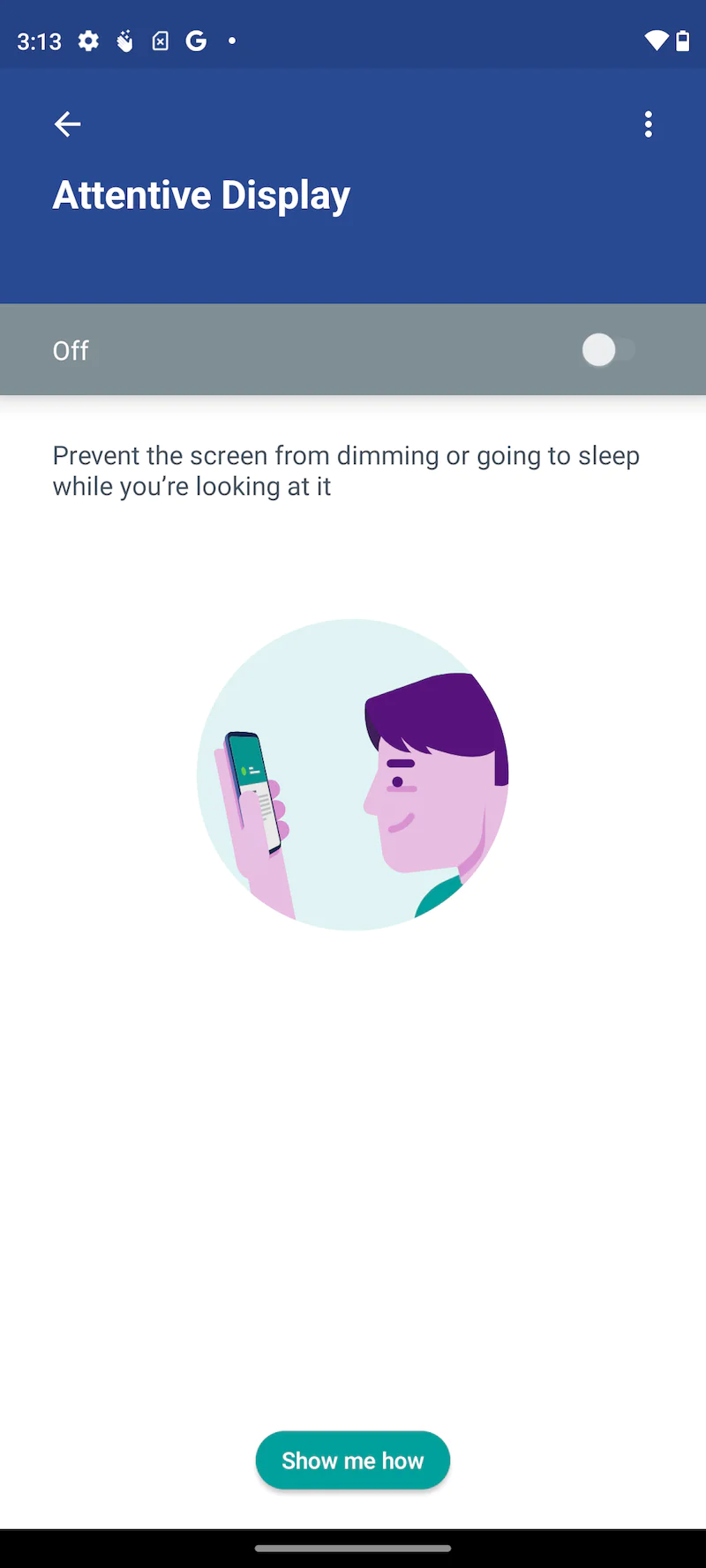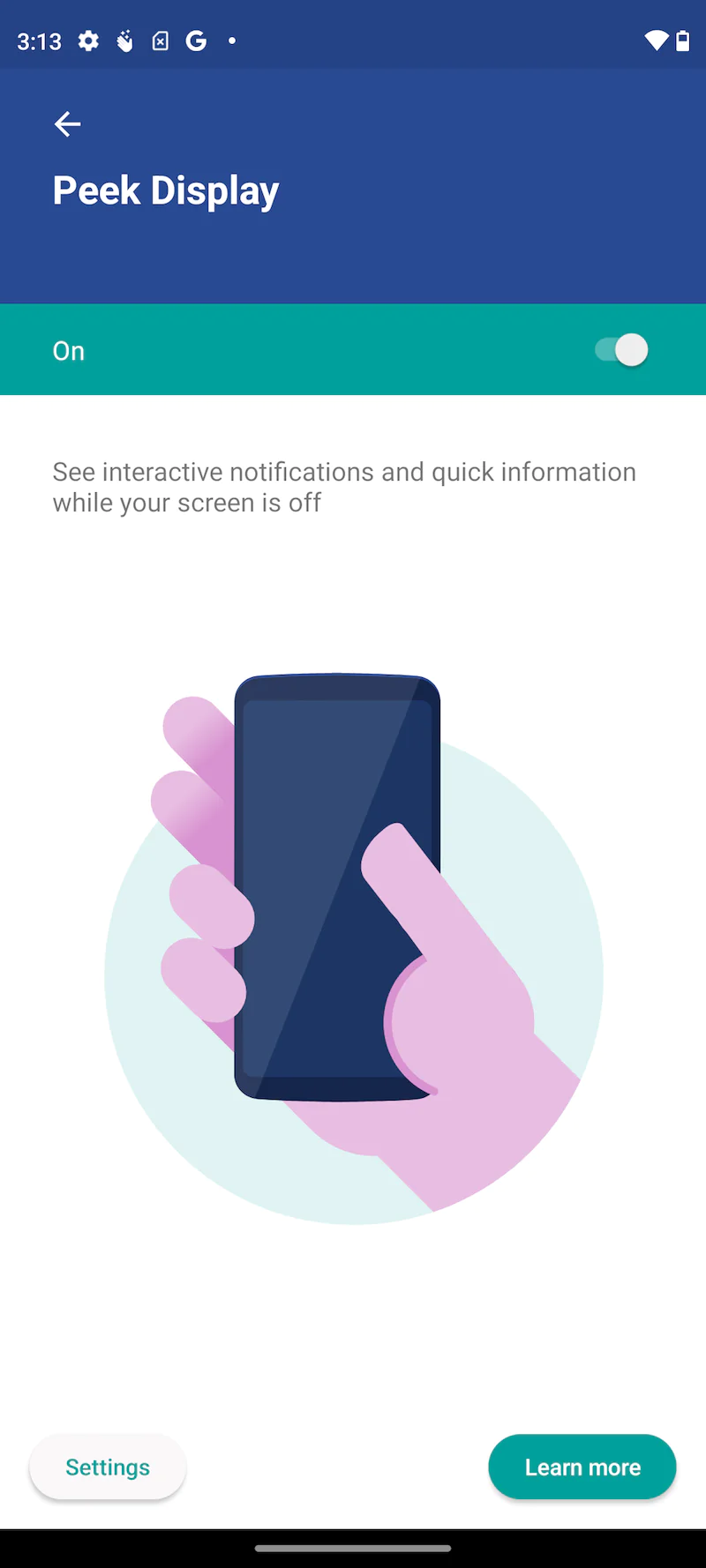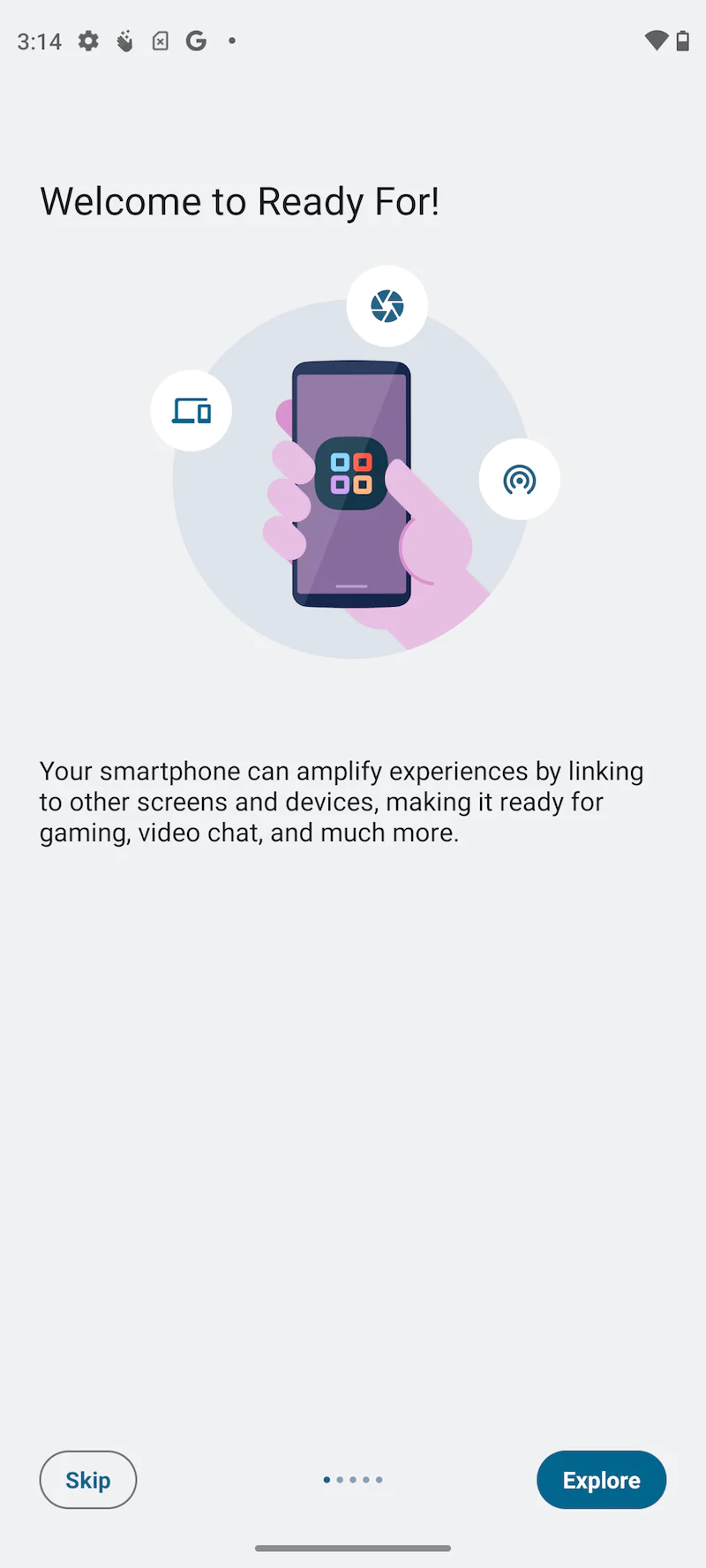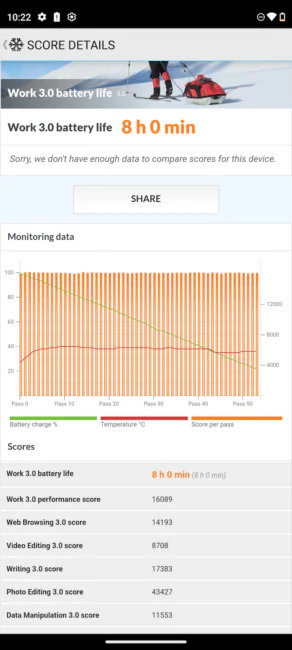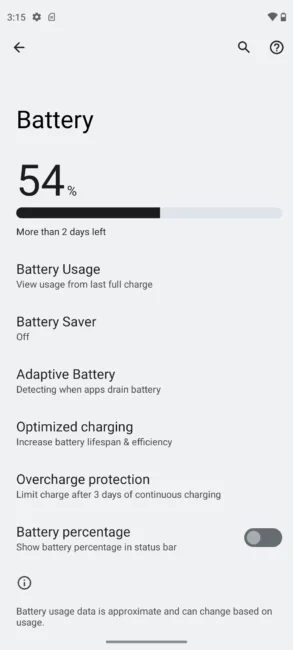© ROOT-NATION.com - Use of content is permitted with a backlink.
Compared to the Pro version we reviewed recently, this model is much more affordable and seems like a more balanced purchase. Let’s see what the manufacturer undertook to in order to achieve such a result, and what is going to help Motorola Edge 30 beat the competition.
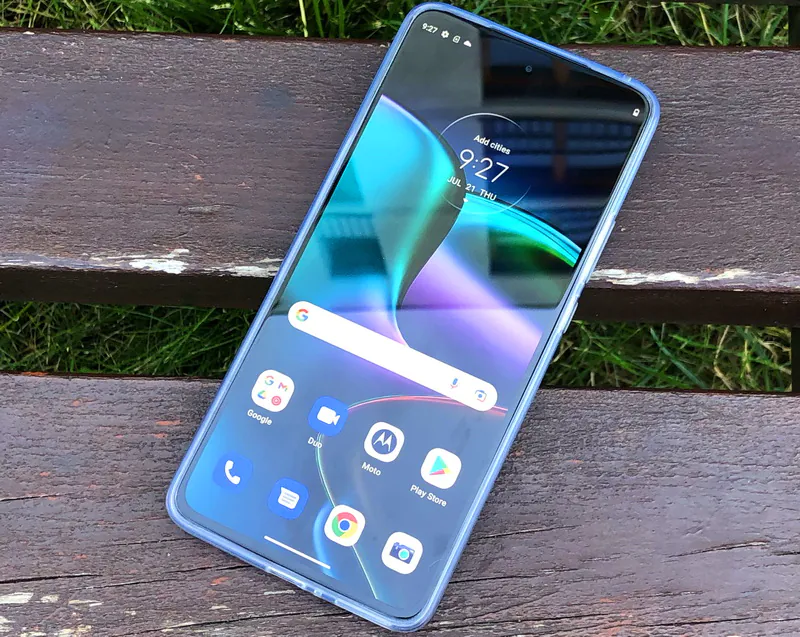
Specifications and price of Motorola Edge 30
- Screen: OLED, 6,5″, 2400×1080, ratio 20:9, refresh rate 144 Hz, HDR10+
- CPU: Qualcomm Snapdragon 778G+, 6 nm, 1×2.5 GHz Cortex-78 & 3×2.4 GHz, Cortex-A78 & 4×1.8 GHz Cortex-A55
- GPU: Adreno 642L
- Memory: 6/8 GB RAM LPDDR5, 128/256 GB storage UFS 3.1
- Battery: 4020 mAh, TurboPower 33 W fast charger, 15 W wireless charger, reverse wireless charging.
- Main camera: 50 MP, f/1.8, 1.0 μm, PDAF, optical stabilization + 50 MP wide angle lens, f/2.2, 114˚ + 2 MP depth sensor
- Front camera: 32 MP, f/2.3, 0.7µm
- Data transfer: LTE, 5G (n1/3/5/7/8/20/28/38/40/41/66/77/78), NFC, Wi-Fi 802.11 a/b/g/n/ac/ 6e, Bluetooth 5.2, GPS (A-GPS), GLONASS, BDS, GALILEO
- OS: Android 12
- Dimensions and weight: 159,4×74,2×6,8 mm, 15 g
- Price: around $600
Delivery set and design of Motorola Edge 30
In the box with the phone you will find all the usual things: a 33W charger, a USB-to-USB-C cable, a silicone case, a SIM ejector clip and documentation.
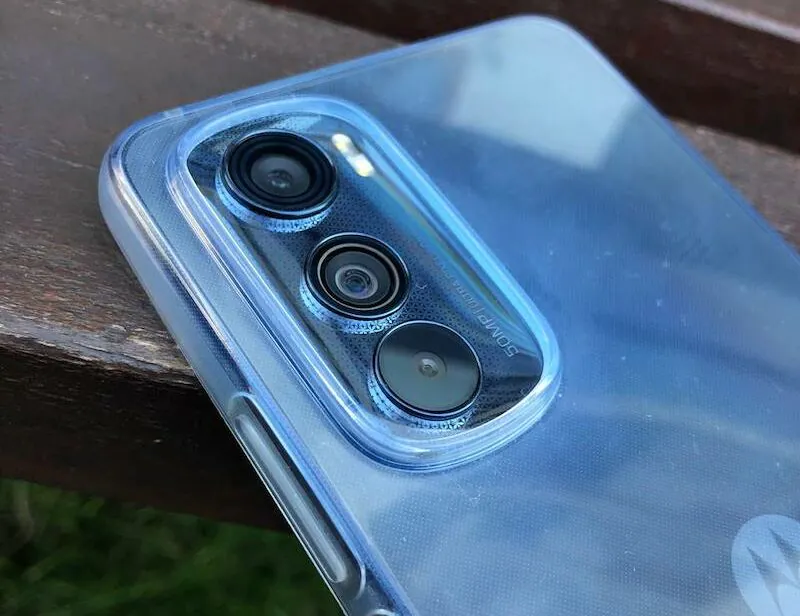 The most beautiful thing about this model is, of course, the color solution of the back panel. We tested the Meteor Gray variant. It seemed to me the most expensive and premium solution of all available: at certain angles, the surface shimmers with shades of blue and mint, and the matte finish adds style. Users can also choose between Supermoon Silver and Aurora Green colors.
The most beautiful thing about this model is, of course, the color solution of the back panel. We tested the Meteor Gray variant. It seemed to me the most expensive and premium solution of all available: at certain angles, the surface shimmers with shades of blue and mint, and the matte finish adds style. Users can also choose between Supermoon Silver and Aurora Green colors.
The use of plastic here on the back panel and on the sides is justified by the fact that the model is not top-of-the-line, although it immediately loses to competitors’ metal cases. Nevertheless, there is no feeling of cheapness from this plastic, the smartphone is very pleasant to hold in the hands.
The front is covered with Corning Gorilla Glass 3 with an oleophobic coating. By the way, the smartphone also got a hydrophobic coating, so don’t be afraid of splashes. The front camera is built into the screen, the display bezels are narrow and flat from all sides, the “chin” does not stand out.
I liked the modest weight of the smartphone and its thinness. It would seem that the diagonal is only a couple of tenths of an inch smaller than the standard flagship’s 6.7 inches, and the smartphone feels many times more comfortable in a small female palm.
But the fact that the cameras significantly protrude above the body made me worry about their safety. However, if you put a case on your smartphone, it will no longer be noticeable.
There are no keys on the left side. On the right, there is a two-position volume control key and a power button. Interestingly, unlike the senior model, the sensor here is not located in the power button, but built into the screen.
On the top end of the smartphone there is only a microphone that performs the function of noise reduction. On the bottom there is another microphone, Type-C connector, speaker holes and a slot for SIM cards (there is an option with one or two SIM cards). There is no 3.5 mm jack here, so definitely consider buying good TWS earphones.
Display of Motorola Edge 30
Starting with last year’s Edge models, Motorola has been actively using OLED displays. The quality of the 6.5-inch OLED matrix used here is excellent, HDR10+ technology and full coverage of the DCI-P3 color gamut contribute to creating a realistic picture. The picture is juicy, the black is deep, without fading. Viewing angles are maximum, without distortion.
The Edge 30 screen boasts a high refresh rate of 144 Hz, just like the senior version. There are three refresh rate modes of operation – automatic (the phone will set itself depending on the program and charge level), 60 Hz or 144 Hz.
It’s best to use the automatic option (the phone itself switches between 48, 60, 90 and 120 Hz), then you won’t notice that the increased hertz is draining the battery. However, it is important to understand here that in automatic mode you have a maximum of 120 Hz, although there will probably be few who can see the difference from 144 Hz.
Automatic change of brightness works without drawbacks. There is an option to adjust the color temperature, a dark theme, three color saturation options and other usual settings.
Read also: Motorola Moto Edge 30 Pro review: is it really a flagship?
Hardware and performance of Motorola Edge 30
The smartphone received a Snapdragon 778G+ processor – not a significant improvement compared to the previous version, but it is worth remembering that the new product does not pretend to be considered a flagship. Rather, we are dealing with a mid-range smartphone with good multitasking capabilities and good potential for most mobile games.
Results of benchmark tests
- Geekbench: single core – 801, multi core – 2857
- 3DMark Wild Life: 2810 (average FPS: 16,8)
- 3DMark Wild Life Extreme: 764 (average FPS: 4,6)
RAM in the smartphone is 6 or 8 GB, depending on the model. The amount of RAM is not a record, but more than sufficient for the smooth operation of the interface and any applications.
Read also: Moto G82 5G review: inexpensive smartphone with OIS and AMOLED
Cameras of Motorola Edge 30
Edge 30 Pro is equipped with two 50 MP cameras – main and wide-angle. There is also a 2MP secondary depth sensor that helps with background blur.
The main sensor, OmniVision OV50A, is a new generation of camera modules, with a large pixel size of 1.0µm. As usual in Moto, the technology of combining pixels is used, so the image is more detailed, and the megapixels in the photo are 4 times smaller in reality (12.5 MP at the output). If desired, you can turn on the original resolution in the settings, but there is no noticeable difference. There is phase autofocus and optical stabilization for the main module.
A wide-angle camera with a viewing angle of 118 degrees is also very good. The technology of combining pixels and high-quality autofocus are also used here.
Photos from the main camera are very good, especially considering the pre-top level of the smartphone. It handles everything well – both detailing and white balance, and color rendering, and sharpness. Photos look as realistic as possible, without unnecessary software processing.
You can find examples of pictures in the original resolution here
In low light, the camera captures enough light, but however, there are sometimes problems with clarity and sharpness, as in many other non-flagship models.
Despite the fact that a separate camera for macro photography was not included here, the pictures taken in the corresponding mode are quite suitable. For me, this is exactly the case when ‘better less, but better’ – they did not add a standalone lens, but simply used the potential of the existing ones.
The wide angle is not bad, the photo is good, with decent contrast and dynamic range, the corners are almost not distorted. Below is a photo from the standard lens (left) compared to a photo from the wide angle (right).
The front camera is 32 MP, which is more than enough for good self-portraits or vlogging.
The Edge 30 can record 4K video at 30 fps on the main module. Optical stabilization helps to improve the quality of the recording, but even it does not save in the dark, as the videos become noisy and lose a lot in quality.
There’s a Pro mode that gives you almost complete control over camera settings (such as white balance, ISO, autofocus, exposure and shutter speed), panorama, live photos, group selfies, scanning, dual-camera shooting, and other useful features.
Data transfer and Ready For mode
Everything is fine with data transfer. There are fresh versions of Wi-Fi 6 and Bluetooth 5.2, NFC for paying in stores, 5G, and all the geolocation services you could ever need.
Like smartphones of the previous generation, Edge 30 supports Ready For mode: connecting the smartphone to a PC or monitor. In this mode, your smartphone can be used as an alternative to a computer (there is a full desktop, separate windows), a game console, or you can use its camera and microphone for video chats. You can connect a wireless mouse, keyboard, and the smartphone itself can be used as a touchpad.
Moto Edge 30, as a pre-top-level model, received all the capabilities – both wired Ready For and wireless. But the necessary cable is not included in the kit, so you will have to take care of it. Or maybe about a fast and high-quality Wi-Fi.
You can read more about this mode here.
Sound
The Motorola Edge 20 was good in many ways, but I couldn’t help but criticize it for the mono speaker. But the ‘Thirty’ got stereo speakers. However, not without compromises, since the role of the second is performed by a conversational speaker above the screen, which, of course, is somewhat inferior to its multimedia counterpart.
The sound is loud and high-quality. There is Dolby Atmos for the correct work of the equalizer, the smartphone itself determines the nature of the audio and adjusts the sound. Also, in the sound settings, you will find the multifunctional CrystalTalk function, which improves voice transmission during phone conversations.
Software of Motorola Edge 30
Edge 30 runs on the latest version of the Android 12 OS. The look and feel of using the interface is as close as possible to the “pure” Android 12 that you can see on Google Pixel smartphones. And this may be one of the arguments in favor of the Edge 30 compared to the competition.
The new interface of quick settings and ‘curtains’ of messages immediately catch the eye, this is one of the most striking visual changes in Android 12. The buttons are now rounded, and a separate screen is available for messages, which is summoned by tapping on the quick settings.
Android 12 widgets also got a major overhaul. Now their ‘live’ preview is available in different sizes, updated dynamic coloring of widgets based on the Material You engine is supported, they adapt to the selected wallpaper. There is another feature of Material You here, adjusting the theme, in particular icons, to the wallpaper. However, it is masked by a Moto-specific theme engine.
In Android 12, special emphasis is placed on security and privacy. In particular, a new privacy control panel has appeared, in which you can immediately find out which application uses the camera, speaker, location access, etc. Camera and microphone indicators are available in the upper right corner of the screen to let you know at a glance that you are being watched, as well as quick toggles that allow you to limit access to the camera and microphone.
I like that Moto has its own exclusive features that Google doesn’t offer its users. They’re all grouped together in the Moto Features app. There are interesting design themes, gesture control (a lot of interesting things, for example, turning on the flashlight with a double shake of the phone, activating the camera with a double turn of the wrist, taking a screenshot by touching the screen with three fingers, silent mode by turning the smartphone screen down, etc.) and other features:
- Moto display (from which Samsung once ripped their own Always on Display): displaying the time and messages on the lock screen with the ability to quickly view them with a touch. Activates for a few seconds when you pick up the device or wave your hand over it, with a dark background and minimum brightness to save power.
- Active display (if you’re looking at it).
- The option to split the screen into two parts.
- Ability to launch programs and other tweaks for gamers in a separate window during the game.
Battery and autonomy
Edge 30 is equipped with a battery with a capacity of 4020 mAh. The processor here is quite strong, the refresh rate of the screen can be 144 Hz, the potential of using the phone is great. Therefore, you should not count on the fact that you will do without charging your smartphone in the evening or at night.
On average, the phone provides about 7-8 hours of active use in various tasks with the screen on. If you switch to the automatic display refresh rate selection mode, these numbers will increase slightly.
But what definitely makes the situation with the battery better is the delivered charger. The novelty comes with a 33 W TurboPower charger included. As a result, in half an hour you will get about 80% charge, and in an hour you can get a fully charged device, ready to continue delighting you with its capabilities.
Conclusions
Motorola Edge 30 turned out to be a very interesting smartphone. It has an above-average level of hardware, which positively influenced the price, but did not greatly affect the performance.
The most striking features of the smartphone are the 144 Hz OLED screen, decent cameras for its class, effective fast charging and the current version of Android 12 without a lot of unnecessary functions.
Of course, there were still some compromises – a plastic case and not the biggest battery, but they don’t really spoil the impression of the device. Therefore, if you do not aim to get the most powerful smartphone on a powerful chipset, then it is quite possible to consider the Edge 30 as a candidate.
You can also help Ukraine fight with Russian occupants via Savelife or via an official page of the National Bank of Ukraine.





